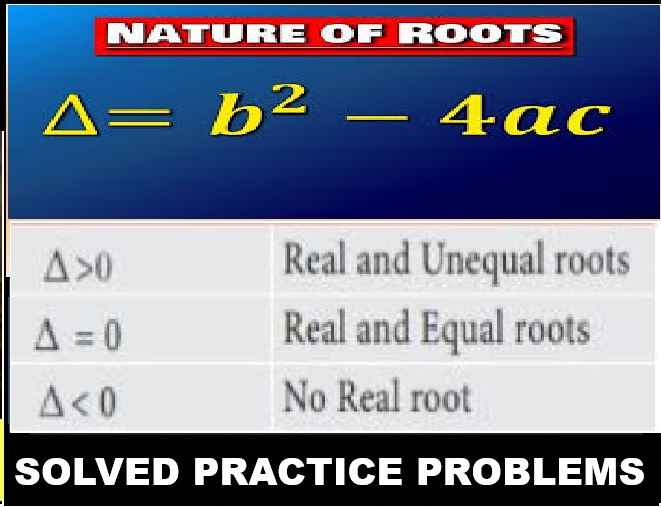Sociology Specimen Paper Sec-C 2023 Solved for ISC Class-12. Step by step solutions as council prescribe guideline of model sample question paper. During solutions of Sociology specimen paper we explain with figure , graph, table whenever necessary.
Student can achieve their goal in next upcoming exam of council. Visit official website CISCE for detail information about ISC Board Class-12.
ISC Class-12 Sociology Specimen Paper 2023 Solved sec-C
| Board | ISC |
| Class | 12th (xii) |
| Subject | Sociology (Section-C) |
| Topic | ISC Specimen Paper Solved |
| Syllabus | on Revised syllabus |
| Session | 2022-23 |
ISC Class-12 Sociology Specimen Paper 2023 Solved sec-C
Warning :- before viewing solution view Question Paper
ISC SPECIMEN QUESTION PAPER 2023
Sociology
Maximum Marks: 70
Time Allowed: Three hours
(Candidates are allowed additional 15 minutes for only reading the paper. They must NOT start writing during this time).
- Answer all questions in Section A, Section B and Section C.
- Section A consists of objective / very short answer type questions.
- Section B consists of short answer questions.
- Section C consists of long answer questions.
- The intended marks for questions or parts of questions are given in brackets [ ].
SECTION C – 28 MARKS
ISC Class-12 Sociology Specimen Paper 2023 Solved sec-C
Question 9:
(i) Define the term social change. Discuss in detail any six features of social change.
OR
(ii) Define the term education. Elaborate on any six functions of education.
Answer:
(i) Change means differentiation in anything observation over sometime. If we feel that there’s come alteration we call it changes. It this change is in contest to social structure, institution etc, i.e. social context then it is social change.
- Social change generally changes in direction. There are 3 patterns of social change.
- linear failure change generally leads to progress (change for good) can’t cycle –car – train –plain
- Fluctuating change – the change may be upward & downward. The demographic change is such also economic change,
- Cyclical change – the change is in a cycle. Fashion, sometimes also in economical aspect (Karl max gave this idea. He says earlier there was no private property & we may go back to it).
- Social change is universal or it is an essential law.
- Change with diff. in speed & form simple society … change was slower.
- Change is unpredictable in general Revol is a process of social change. What speed & in what form the change takes place is not easily predictable.
- Social change is change in community.
- Change means variations from previous state or mode of existence”.
Question 10: What is meant by the term caste? Give a detailed explanation of any five features of caste.
Answer: Caste is a system of rigid social stratification characterized by hereditary status, endogamy, and social barriers sanctioned by custom, law, or religion.
1. Segmental Division of Society: The society is divided into various small social groups called castes. Each of these castes is a well developed social group, the membership of which is determined by the consideration of birth. The children belong to the caste of their parents.
2. Hierarchy: Hierarchy is a ladder of command in which the lower rungs are encompassed in the higher ones in regular succession. The castes teach us a fundamental social principle of hierarchy.
3. Endogamy: The most fundamental characteristic of the caste system is endogamy. All the thinkers are of the opinion that the endogamy is the chief characteristic of caste, i.e. the members of a caste or sub-caste should marry within their own caste or sub-caste. The violation of the rule of endogamy would mean ostracism and loss of caste. Although endogamy is the common rule for a caste, Anomie and Pratiloma marriage, i.e. hypergamy and hypogamy were also prevalent in exceptional cases.
4. Hereditary Status: Generally speaking, the membership of a caste is determined by birth and the man acquires the status of a caste in which he is born. In this connection, Ketkar has written that the caste is limited to only those persons who are born as the members of that caste. Thus, membership in the caste is hereditary and once membership does not undergo any change even if change takes place in his status, occupation, education and wealth etc.
5. Hereditary Occupation: The traditional caste system is characterised by hereditary occupation. Members of a particular caste are expected to follow the occupation meant for the caste. Traditionally a Brahmin was allowed to function as a priest. In some casts the name of caste is dependent upon the very occupation as for instance, Napita (barber), Dhobi, Mochi, Mali etc.
Question 11: Discuss the functional aspect of religion by referring to the theories of Durkheim, Radcliffe Brown and Malinowski.
Answer: Malinowski is saying that the individual tends to feel anxiety on certain occasions; Radcliffe-Brown is saying that society expects the indi- vidual to feel anxiety on certain occasions. But there is every reason to believe that both statements are true. They are not mutually exclusive.
While this might not fit everyone’s definition of religion, it performs the same functions that Durkheim identified and promotes social cohesion, order, stability and prevents radical change, again acting as a conservative force.
Question 12: Read the passage given below and answer the questions that follow.
In the context of human society, family helps to relate individuals to each other by consanguinity, affinity, or co-residence.
Emerging from the human “family unit” are concepts of community, society and nationhood that bind people together and help maintain the social equilibrium. Family inculcates features that are basic to the development and evolution of societies all over the world.
The family as a unit has been evolving and changing over a period of time due to various factors. However, it continues to remain the backbone of the basic structure of society.
(i) Define family.
(ii) “The family as a unit has been evolving and changing over a period of time due to various factors.” Discuss any four factors responsible for the structural changes in the family.
(iii) Discuss any two features of family as given by Mac Iver.
Answer: Update soon….
–: End of Sociology Specimen Paper Sec-C 2023 Solved for ISC Class-12 :–
–: Visit also :–
Return to : ICSE Specimen Paper 2023 Solved
Thanks


